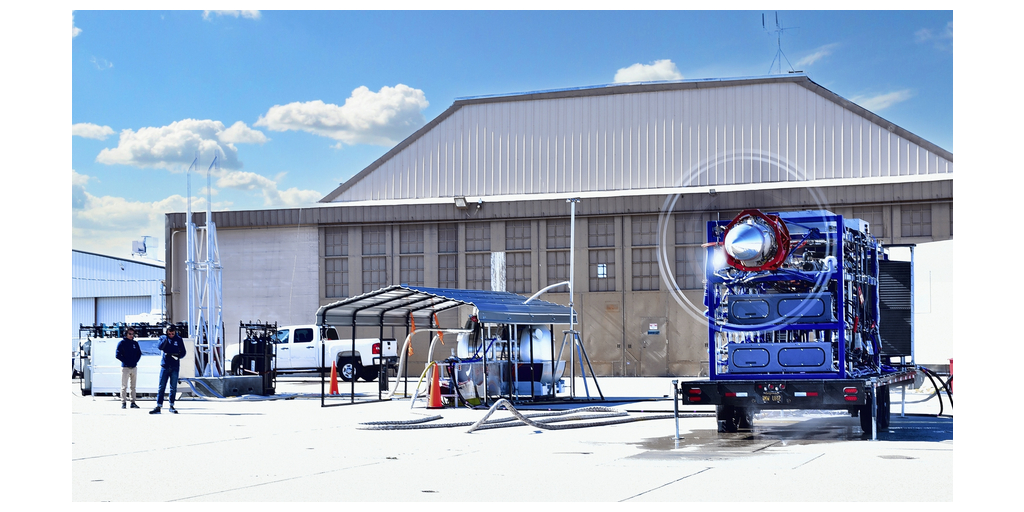Sign up for daily news updates from CleanTechnica on email. Or follow us on Google News!
Swiss Post has been working to transition to using only electric delivery vehicles since 2010. Today, its fleet consists of more than 7,000 electric vehicles, the largest fleet of zero emissions vehicles in Switzerland. 6,080 of those electric delivery vehicles are three wheeled electric scooters that are being used by every Swiss Post location in the country. Another 640 four wheel electric delivery vehicles are also in service for the delivery of letters and parcels.
In addition, 600 electric vehicles are used as tow trucks and forklifts or by Swiss Post staff. By 2030 when the electrification transition is complete, there will be almost 4,000 more electric delivery vehicles throughout Switzerland, all of them powered by electricity from renewable sources.
Last February, Swiss Post announced that it had transitioned deliveries in Zurich and Bern to electric and said Geneva and Basel would be next. In a press release on January 18, 2024, it said the changeover in Geneva is now complete and its operations in Basel will be all electric by the end of this year. Swiss Post is now delivering letters and parcels in the city of Geneva and a large part of the surrounding canton exclusively using 660 electric delivery vehicles — 205 in the city of Geneva itself.
“In February 2023, following on from Bern and Zurich, Geneva will be the third major city in Switzerland, and the first in Western Switzerland, where 100% of letter and parcel deliveries will be made by three-wheeled scooters and electric delivery vehicles,” said Philippe Juillard, head of the Geneva distribution zone.
“The transition program for Swiss Post’s delivery fleet is ambitious. As a company owned by the Confederation and with its position in this open market, Swiss Post has a duty to set an example for others to follow. Thanks to the electrification of our delivery fleet, which enables us to switch to resource-efficient logistics, our customers are also able to reduce their CO2 footprint.”
Launched in 2019, the transition to electric four wheel delivery vehicles became a reality in mid-November, 2023 for deliveries in the city of Geneva and the major industrial areas of Vernier, Meyrin, Carouge and Plan-les-Ouates. “We were immediately able to test the effectiveness of this new feature during the important end-of-year period,” said Juillard. “We have a total of 85 vans and 120 three wheeled electric scooters.” Almost a million parcels have already been delivered in Geneva using electric delivery vehicles.
For Swiss Post, using electric delivery vehicles involves many challenges, some of which have been overcome, but others remain. For instance, there is a limit to how far a battery electric vehicle can travel on a single charge. “In Geneva this isn’t a big problem, as distances are short due to the central location of the Montbrillant delivery site,” Juillard said.
On the other hand, the question of charging infrastructure can prove to be complex. “In this case, we had to adapt the electrical installation to the new requirements so as to guarantee the operation of the 45 charging stations.” Of the 455 or so Swiss Post delivery offices in Switzerland, around 142 have now been fully equipped with charging stations.
Swiss Post has set itself ambitious objectives and a program for sustainable development, which is what the public expects of a company that is a key goal of Swiss society. Swiss Post generates most of its carbon emissions from transport and buildings in order to meet the needs of its customers. One important step towards achieving its primary objective — full carbon neutral operation by 2030 and zero emissions for the entire company by 2040 — is the electrification of the delivery vehicle fleet.
Post Offices Embrace Electric Delivery Vehicles
Decarbonizing puts a spotlight on the difference between private passenger cars and commercial vehicles. A private car may be in use for about 5 percent of a normal work day. A delivery vehicle can be in operation for many hours, spewing crud into the atmosphere all the while if it is powered by an internal combustion engine. That’s why it is so important to convert those delivery fleets to electric power. All those letters and packages have a huge carbon footprint otherwise. Postal services in many countries are busy converting to battery power for just that reason.
Canada Post plans to reduce its environmental footprint and reach net-zero emissions by 2050. It has earmarked $1 billion to cut emissions and transform its fleet. With nearly 14,000 vehicles serving close to 6,000 post offices, Canada Post has a significant carbon footprint. It plans to transform 50 percent of its fleet to zero emissions vehicles by 2030 and complete the transition by 2040.
“We have a responsibility to Canadians, and to their children and grandchildren, to help lead the way to a more sustainable future,” said Doug Ettinger, the company’s CEO. “Canada Post has one of the biggest fleets in the country, over 68,000 employees, a significant real estate portfolio, and an extensive supply chain. The challenge ahead is great, and we know the greening of our transportation is critical. That’s why we’ve committed to net-zero operations and a fully electric fleet by 2040.”
Can you imagine Louis DeJoy, who heads the US Postal Service, making such a statement? He has fought tooth and nail to keep using gasoline and diesel powered vehicles to provide mail services in the United States. Under heavy pressure from Congress and critics, he has reluctantly agreed to add some electric delivery vehicles to the fleet but stopped well short of pushing to replace the entire fleet with electric delivery vehicles. A Tramp appointee, he wouldn’t acknowledge the climate crisis if it bit him.
In Germany, Deutsche Post chief marketing officer Ole Nordhoff has said, “Climate protection is a core focus issue for Deutsche Post. Already today we have, by far, the largest fleet of electric delivery vehicles, electric bicycles, and cargo bikes providing the industry’s most climate friendly mail and parcel delivery service. Our parcel customers have responded very positively to the climate-friendly shipping we have provided for all private customer parcels. This also helps our business customers make their mail correspondence with end customers greener.”
In the UK, the Royal Mail is also transitioning to a fleet of electric delivery vehicles. Its CEO, Simon Thompson, said “It’s clear to me that customers increasingly want less environmentally impacting deliveries. And as a Company, we believe it’s the right thing to do.”
The trend is clear. Postal services in many countries are switching to electric delivery vehicles to lower their very substantial carbon emissions.
Have a tip for CleanTechnica? Want to advertise? Want to suggest a guest for our CleanTech Talk podcast? Contact us here.
Latest CleanTechnica TV Video
I don’t like paywalls. You don’t like paywalls. Who likes paywalls? Here at CleanTechnica, we implemented a limited paywall for a while, but it always felt wrong — and it was always tough to decide what we should put behind there. In theory, your most exclusive and best content goes behind a paywall. But then fewer people read it!! So, we’ve decided to completely nix paywalls here at CleanTechnica. But…
Thank you!
CleanTechnica uses affiliate links. See our policy here.




